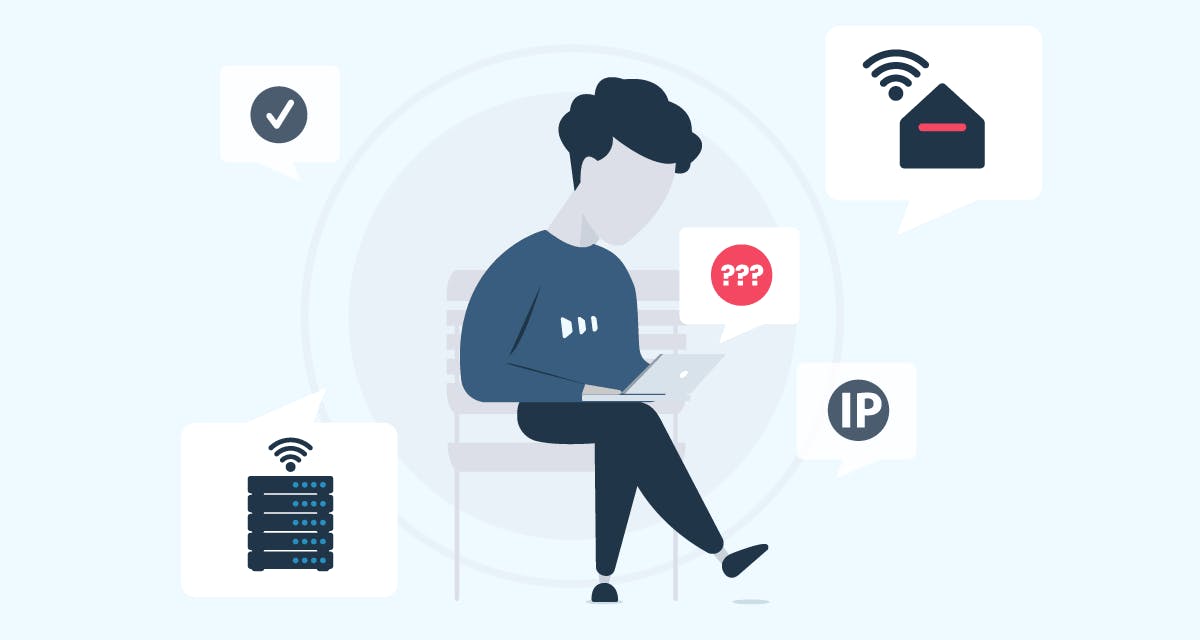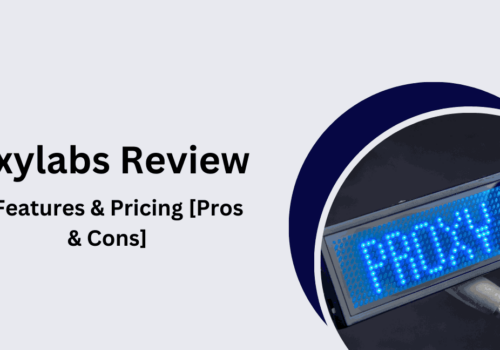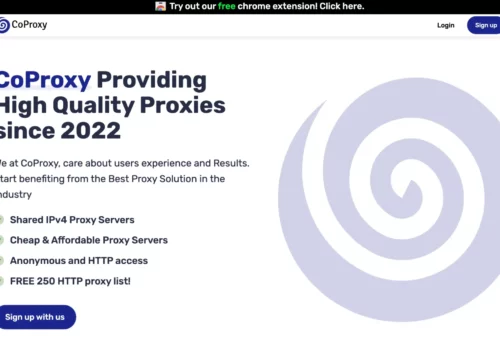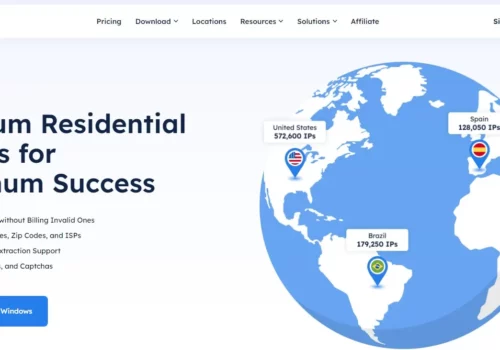Backconnect proxies are outfitted with a very large database of potential IP addresses that assign a new address to each unique request a user sends, as opposed to using only one given IP address as a regular proxy server would.
This makes it possible for particular IP addresses to access the desired website more securely without being blocked, which, if it happens, could cost your business a lot of money and unwanted downtime.
So in this post, we will understand the basics of BackConnect Proxies and many more aspects revolving around the same.
What Is A BackConnect Proxy?
A backconnect proxy is a server with a collection of standard proxies activated each time a request is made.
Proxies are routinely and automatically changed so that a different IP address is given to the website for each request in order to gather the requested public information.

Every request is sent through a different proxy using your hidden IP address. A target website will have a more challenging time detecting your web scraping activity in this scenario.
In simple words;
Backconnect proxy refers to a proxy server that makes use of a pool of Residential IPs or Real-Peer IPs, which are given to users by their ISP. The features of an actual device in the nation, city, ISP, or even ASN required are all included in residential IPs.
Types Of BackConnect Proxies
First, we can discuss proxies based on the type of IP address:
- Datacenter
- Residential
- Mobile
Any of these, or even a combination of them, can make up a backconnect proxy network. It’s crucial to understand the type of address your web scraping job requires. Read more about different sorts of IP addresses in our guide to web scraping proxy!
We can also group proxies together based on their quality:
- Public/open: free proxies
- Shared: multiple users use the same proxy, shared resources
- Dedicated: only accessible to you
Public proxies are open to use and cost nothing. Because of this, you probably can’t use them to scale your web scraping because the quality is low.
The finest proxies for web scraping are dedicated ones. You alone have access to them, and you alone are in complete control.
How Do BackConnect Proxies Work?
A typical proxy server operates in a fairly straightforward manner. You hope to receive a successful response after sending your request through one proxy. If the IP address is blocked, you must attempt it using a different proxy.
A backconnect proxy works by removing the majority of the challenges that come with web browsing. This happens through a procedure that can be summed up as follows:
- You use a masked IP address to send a request.
- One of the several proxies in the proxy pool handles the request.
- The requested website receives the request.
- The website fulfills your request for publicly available information and sends it back to you via the same proxy.
- Then you ask for something else.
- The new request is sent through a new proxy, which ensures that it also reaches the website.
- Once more, the website offers the requested public data.
Every time a request is sent to the target website, the aforementioned procedure is repeated. You can make millions of successful requests each day with the use of backconnect proxies.
Quick Links:
- Residential Proxies Vs ISP Proxies
- What Are Social Media Proxies?
- What is a Proxy Server?
- What Is a Proxy Service?
Conclusion: BackConnect Proxies 2024
Backconnect proxies are a simple method for managing numerous requests. It is comparable to a pool of IP addresses from the previous list plus proxy management.
With backconnect proxies, you simply need to submit all of your requests through one proxy network, as opposed to ordinary proxies where you must manually send your requests through various proxies.
If you need to make millions of scrapes each day and every small delay adds a new bottleneck to the pipeline, the benefits and drawbacks must be carefully weighed.
Even yet, you should be aware that rotating residential proxies offer the same feature as backconnect proxies, with the added advantage of giving you the appearance of a typical “residential” internet user.




